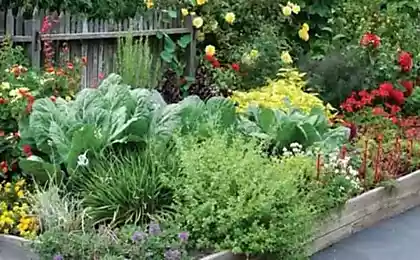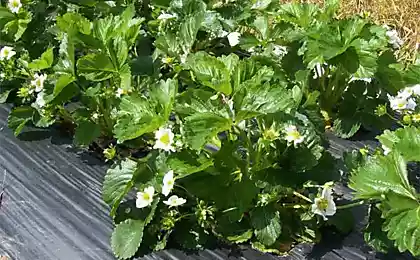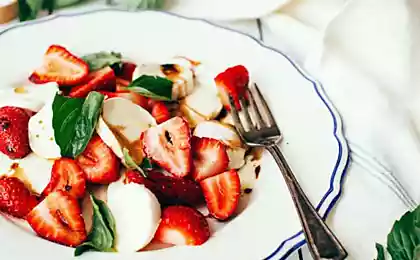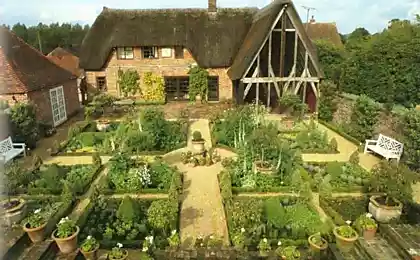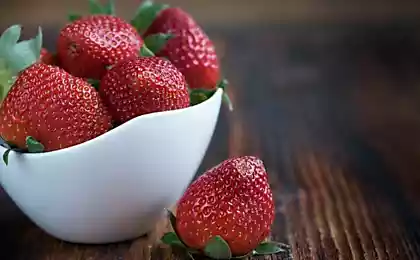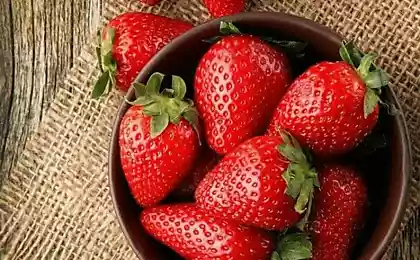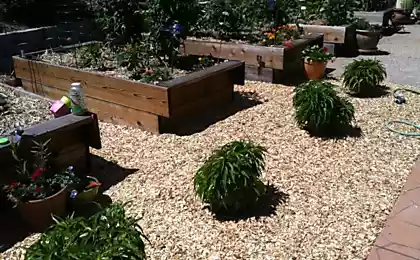136
I mercilessly pull out “male” bushes of strawberries, leave “girls” for large berries.
We often hear from gardeners that they exist. strawberry. A neighbor in the country constantly talks about how she ruthlessly removes “boys”. In this article, we will try to understand what this separation is based on, whether it is correct and why to distinguish bushes at all.

If you delve into botany, you can come to the conclusion that the generally accepted separation is not quite correct. There are actually no female or male strawberry bushes. This plant is bisexual. In one flower there are pestiles and stamens.
However, it needs cross-pollination. Despite the fact that there are no bushes-boys or bushes-girls, the properties of some “individuals” are still different. The fact is that some are able to give berries, others - pollinate neighboring plants with the help of insects. There are reasons for that.
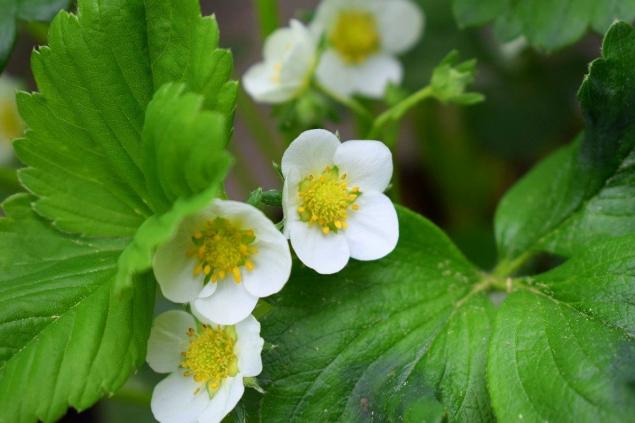

Control of debris It is the bushes-clogging gardeners mistakenly called “male”. Such shrubs appear under certain conditions. If you drop or miss a ripe berry in the process of harvesting fruits, seeds will fall out of it and shoot. In the sprouted seeds, then there is “Mendelian splitting”, and bushes with different properties appear.
The thing is, strawberries. planter. It has no wild analogues: it is a hybrid not even of varieties, but of species. It’s no wonder that sprouting seeds can produce something strange.

What are the dangers of clogging bushes? First, they inherit the properties of a long-forgotten species and yield is not one of these properties. Secondly, if you allow them to multiply and displace good fruit-bearing bushes, then a bed of strawberries will not give a juicy harvest, but only small unsweetened berries. There are forms of cloggers that do not give berries at all.
To prevent loss of yield, beds should be regularly cleaned of useless bushes. The procedure is quite simple.
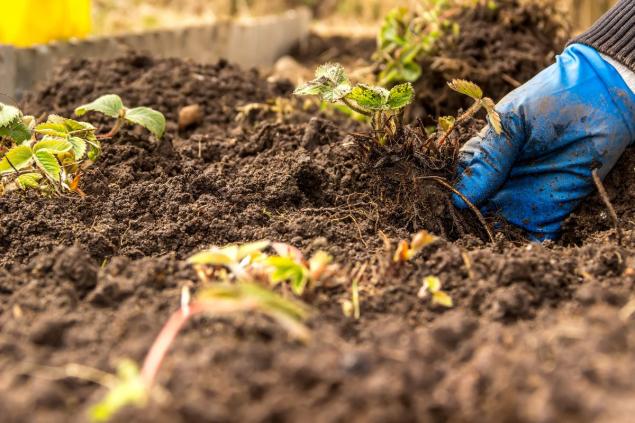
How to calculate barren bushes

This is really the whole point of dividing strawberry. In order for the harvest to please, you only need to calculate infertile bushes in time and get rid of them. That way you will give way to fruit-bearing plants. We also recommend reading an article on how to increase the yield of strawberries.

How do you take care of your bed? We will be very happy if you tell about this in the comments and share valuable tips that will be useful to other gardeners. We wish you a rich and delicious harvest!

If you delve into botany, you can come to the conclusion that the generally accepted separation is not quite correct. There are actually no female or male strawberry bushes. This plant is bisexual. In one flower there are pestiles and stamens.
However, it needs cross-pollination. Despite the fact that there are no bushes-boys or bushes-girls, the properties of some “individuals” are still different. The fact is that some are able to give berries, others - pollinate neighboring plants with the help of insects. There are reasons for that.

- Deviations in the development of bushes. As a result, some plants develop either in the female or male type. It doesn't happen very often.
- Clogging the plantation. There are varieties that are difficult to distinguish from fruit-bearing ones. However, they give mostly a mustache. It is these scoundrels that must be removed from the bed so that they do not displace decent, productive bushes.

Control of debris It is the bushes-clogging gardeners mistakenly called “male”. Such shrubs appear under certain conditions. If you drop or miss a ripe berry in the process of harvesting fruits, seeds will fall out of it and shoot. In the sprouted seeds, then there is “Mendelian splitting”, and bushes with different properties appear.
The thing is, strawberries. planter. It has no wild analogues: it is a hybrid not even of varieties, but of species. It’s no wonder that sprouting seeds can produce something strange.

What are the dangers of clogging bushes? First, they inherit the properties of a long-forgotten species and yield is not one of these properties. Secondly, if you allow them to multiply and displace good fruit-bearing bushes, then a bed of strawberries will not give a juicy harvest, but only small unsweetened berries. There are forms of cloggers that do not give berries at all.
To prevent loss of yield, beds should be regularly cleaned of useless bushes. The procedure is quite simple.
- Finding a clog bush.
- We remove it along with the moustache and roots. We're doing it carefully., twisting the plant so as not to damage the neighboring bushes.
- The holes that formed on the site of the remote bushes are covered with earth.

How to calculate barren bushes
- In the spring you should pay attention to the How many flowers were formed on each bush. The ones with the most flowers promise the harvest. They need to be marked with pegs and leave 1-2 mustaches to maintain the number of good bushes.
- Those bushes that do not have flower stalks and a lot of mustaches, remove from the bed. So we will remove Zhmurka and Dubnyak - the main cloggers.
- When the berries begin to ripenWe are closely monitoring their development. If the fruits are small and tasteless, the leaves are thin and dull, and the bush itself is too spreading, it is most likely Bakhmutka. She is also an unwanted visitor to the plantation.

© Freepik - Dark red fruits with deeply planted seeds, a lot of sockets and shoots are characteristic of the Suspension variety. They're also better off.
- In a nutshell, it's worth removing anything that doesn't look like the variety we've purchased and planted.
- Very important: It is better not to leave rotten, spoiled or overripe fruits in the garden, but to dispose of them.

This is really the whole point of dividing strawberry. In order for the harvest to please, you only need to calculate infertile bushes in time and get rid of them. That way you will give way to fruit-bearing plants. We also recommend reading an article on how to increase the yield of strawberries.

How do you take care of your bed? We will be very happy if you tell about this in the comments and share valuable tips that will be useful to other gardeners. We wish you a rich and delicious harvest!

